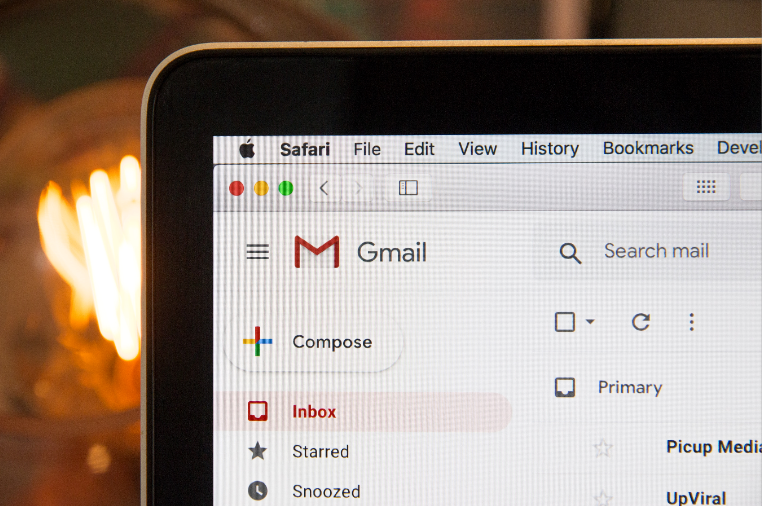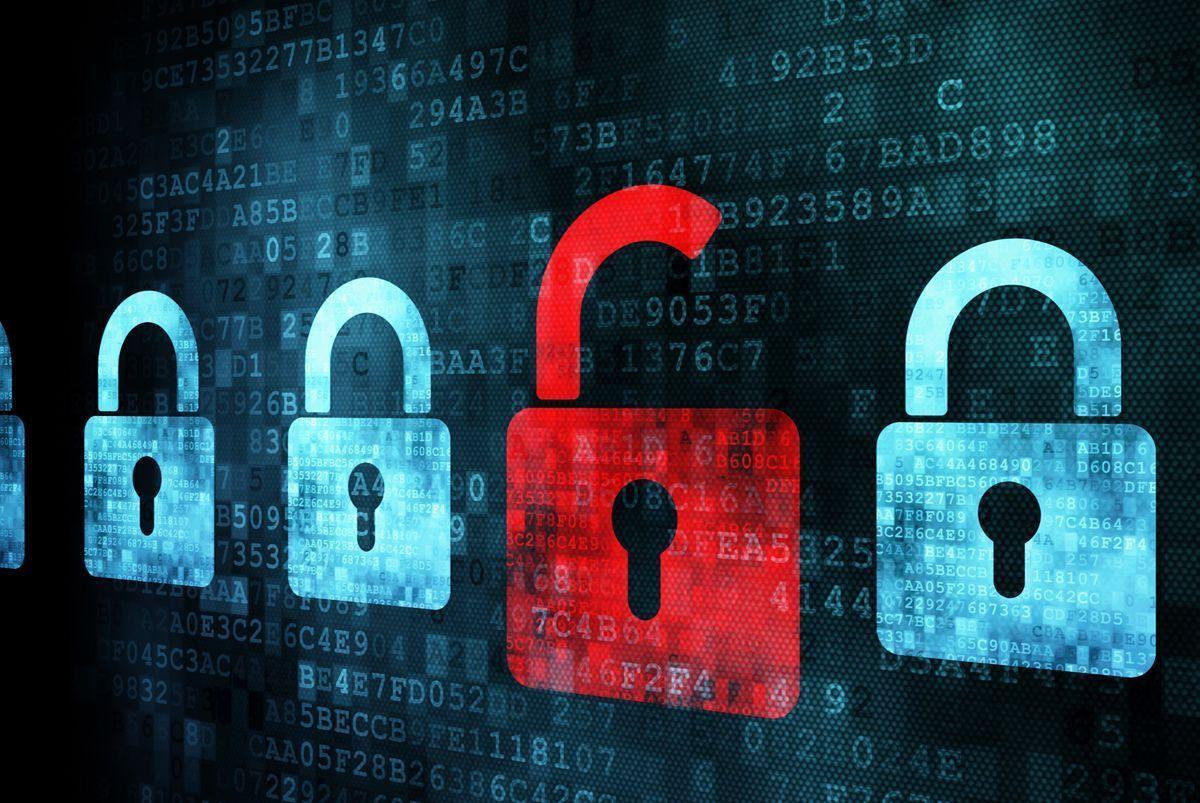4 min read
How to Avoid Getting Hooked by Phishing
This blog post is in partnership with LMG Security. With professional hackers and cybersecurity criminals posing a constant threat to law firms...
We've crafted solutions tailored to your firm
The world of insurance for law firms can be confusing, and difficult to navigate. We've created this glossary because these common insurance terms should be easy to understand.
4 min read
 LMG Security
:
Updated on November 15, 2023 | Posted on July 7, 2021
LMG Security
:
Updated on November 15, 2023 | Posted on July 7, 2021

Cybercriminals are on the hunt for a large payout, and email is big game.
Why email? We tend to forget how much sensitive information we share in our email communications during the course of our busy workdays. To the hacker, that information represents opportunity.
Millions of email accounts are hacked every year. The BIG payoffs, though, come when criminals use their unauthorized access to monitor emails – sometimes lurking in accounts for months – searching for ways to redirect money into bank accounts that they control.
According to a recent FBI report, these Business Email Compromise (BEC) schemes led to $1.8 billion in losses in 2020.
Good news – one person can stem the tide of these costly financially motivated scams. What can you do to protect your organization? Read on to see how common email scams work – and steps you can take to help save your organization from a devastating financial loss.
Four Ways Criminals Get BIG $$ From Your Email
How exactly do hackers convert emails into cold hard cash? Following are examples of the four main types of fund (or wire) transfer scams that are the result of a hacker breaking into an email account:
Programmed to Deceive
Wondering how someone could be tricked so easily into transferring funds? Hackers often gain extensive knowledge from lurking in emails, which they use to craft sophisticated scams that appear legitimate. Some criminals may duplicate company logos and closely copy the formats of invoices or documents in order to make their fake (phishing) emails look real and trick the recipient.
Plus, the recipient expects to hear from someone in the conversation, such as the mortgage company, so foul play usually isn’t suspected until it’s too late.
Red Flags that Indicate Something’s Phishy
Anytime money is involved, keep an eye out for red flags in emails that indicate something isn’t “quite right.” Red flags can include:
Protect Yourself from Email Scams
If you detect or suspect any strange issues with financial transfers, before you send any money or information:
An attacker likely will have only one of these factors, such as a password. The extra MFA factor is a simple way to keep hackers out of your account. If MFA is an available setting for your email account, use it!
Tips for Leadership
Don’t let your email be the victim of a cybercriminal in the hunt for a big payoff. Be proactive – and stay alert for signs of fraud.
This blog is distributed with the permission of LMG Security.
At LMG, our singular focus is on providing outstanding cybersecurity consulting, technical testing, training, and incident response services. Our team of recognized cybersecurity experts have been covered on the Today Show and NBC News, as well as quoted in the New York Times, Wall Street Journal, and many other publications. In addition to online cybersecurity training, LMG Security provides world-class cybersecurity services to a diverse client base located around the United States and internationally.
At LMG, our singular focus is on providing outstanding cybersecurity consulting, technical testing, training, and incident response services. Our team of recognized cybersecurity experts have been covered on the Today Show and NBC News, as well as quoted in the New York Times, Wall Street Journal, and many other publications. In addition to online cybersecurity training, LMG Security provides world-class cybersecurity services to a diverse client base located around the United States and internationally.

4 min read
This blog post is in partnership with LMG Security. With professional hackers and cybersecurity criminals posing a constant threat to law firms...

4 min read
My Facebook account was hacked. It happens. Probably to someone you know. Maybe it’s even happened to you. So why am I telling this story on our...

4 min read
Updated 07/2023 Lawyers remain a high-profile target for scammers hoping to get away with wire fraud and the attack vectors they are using continue...